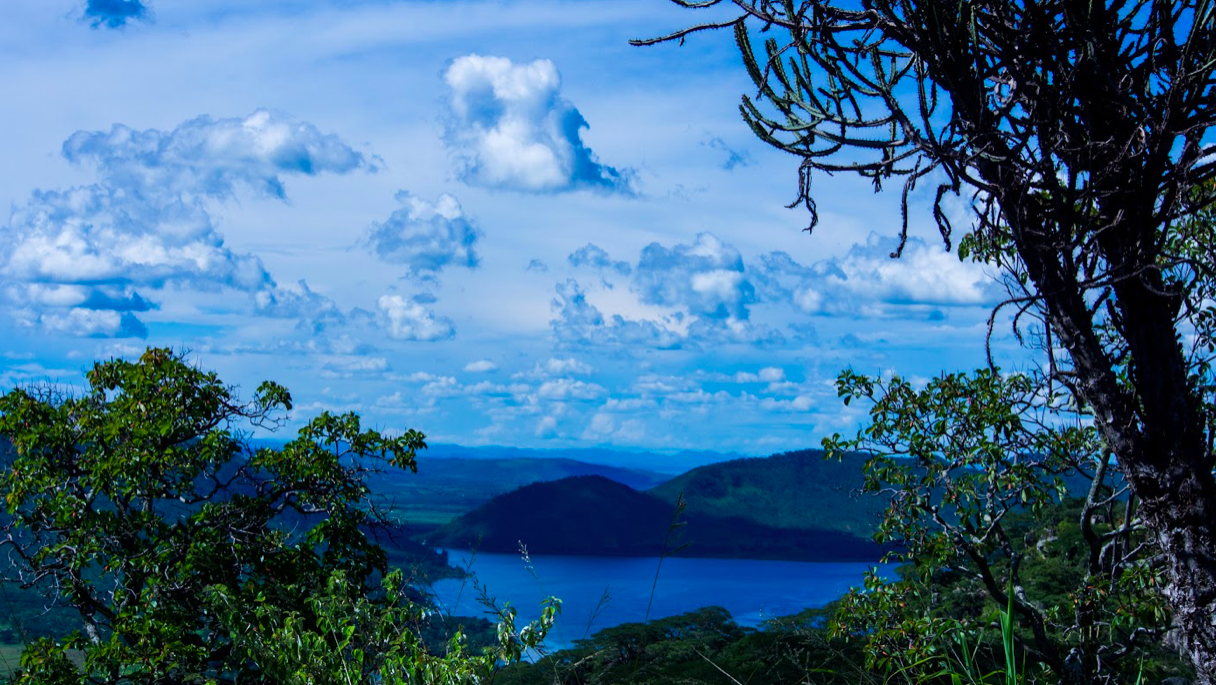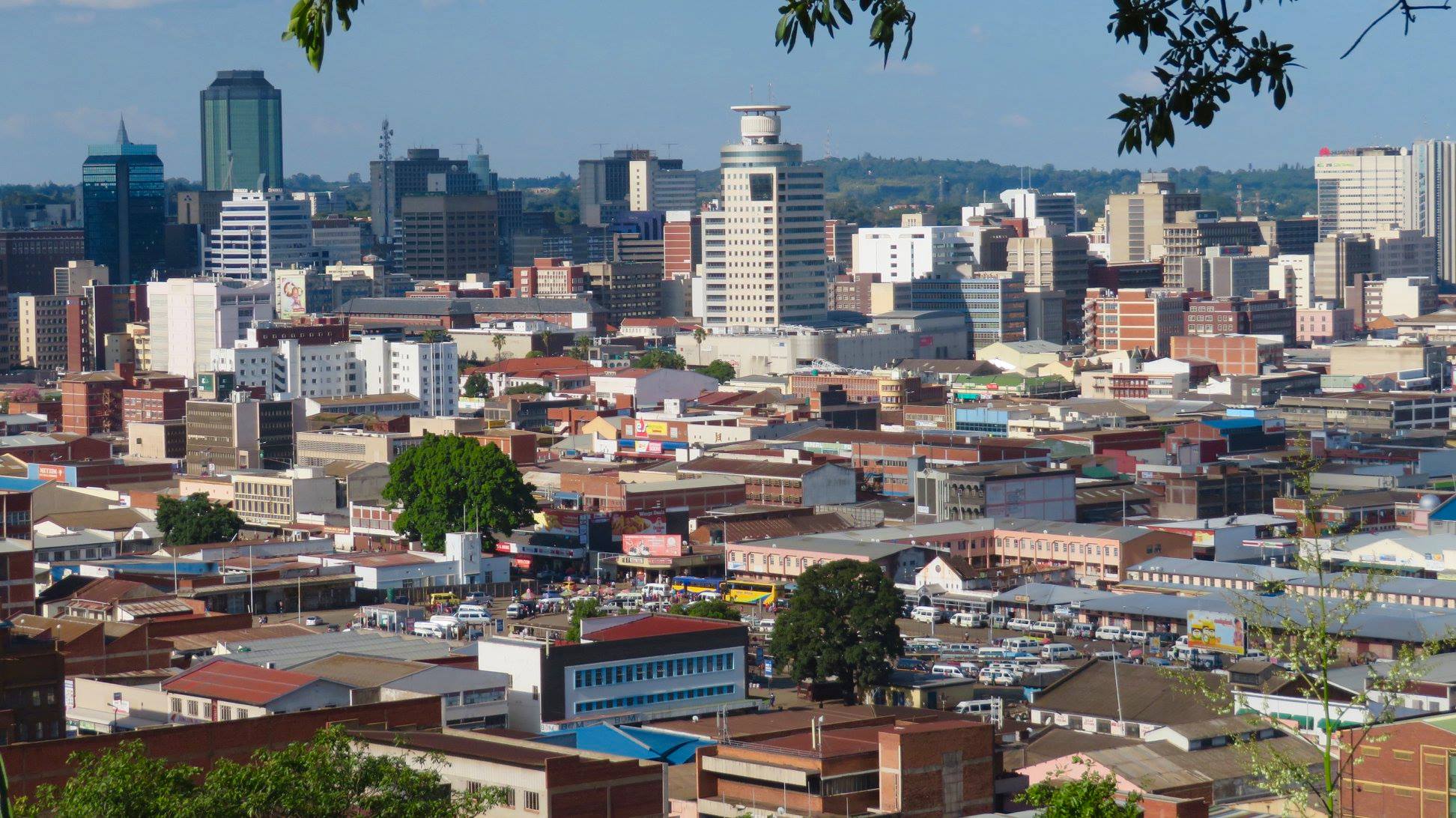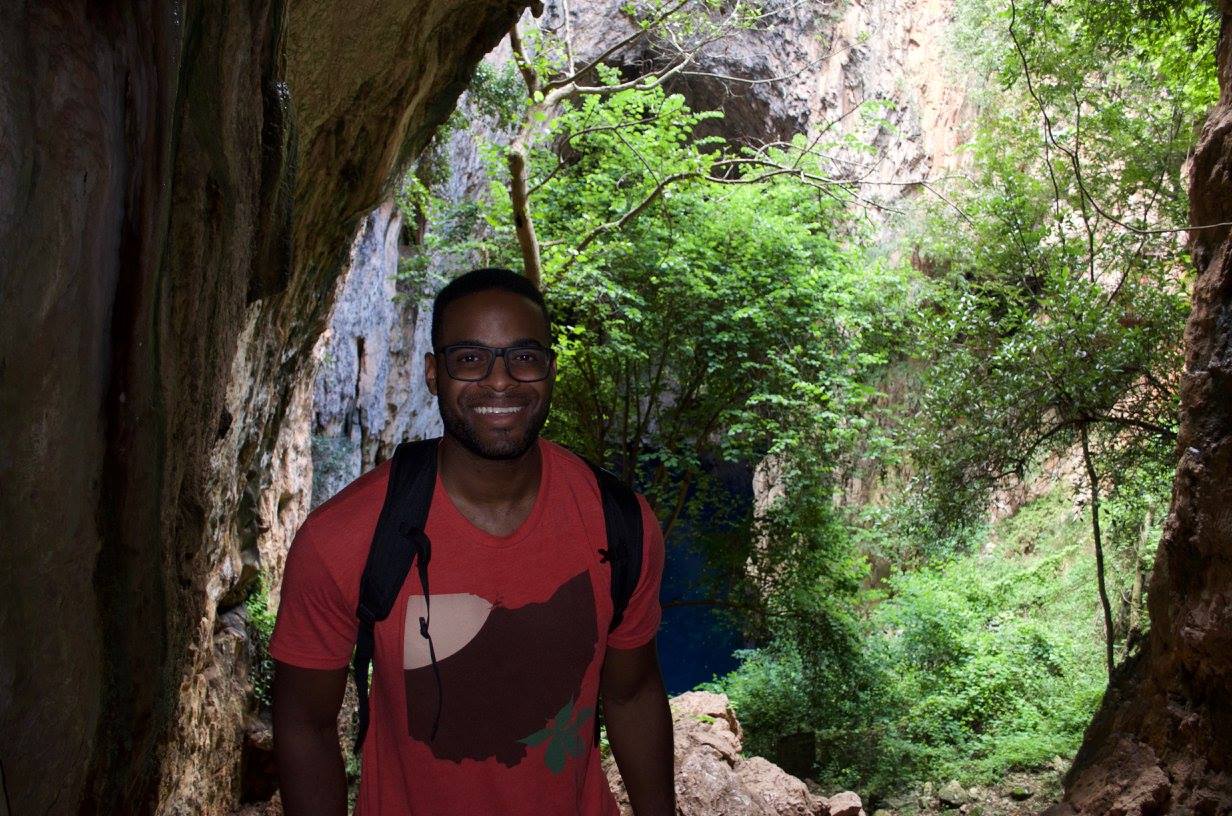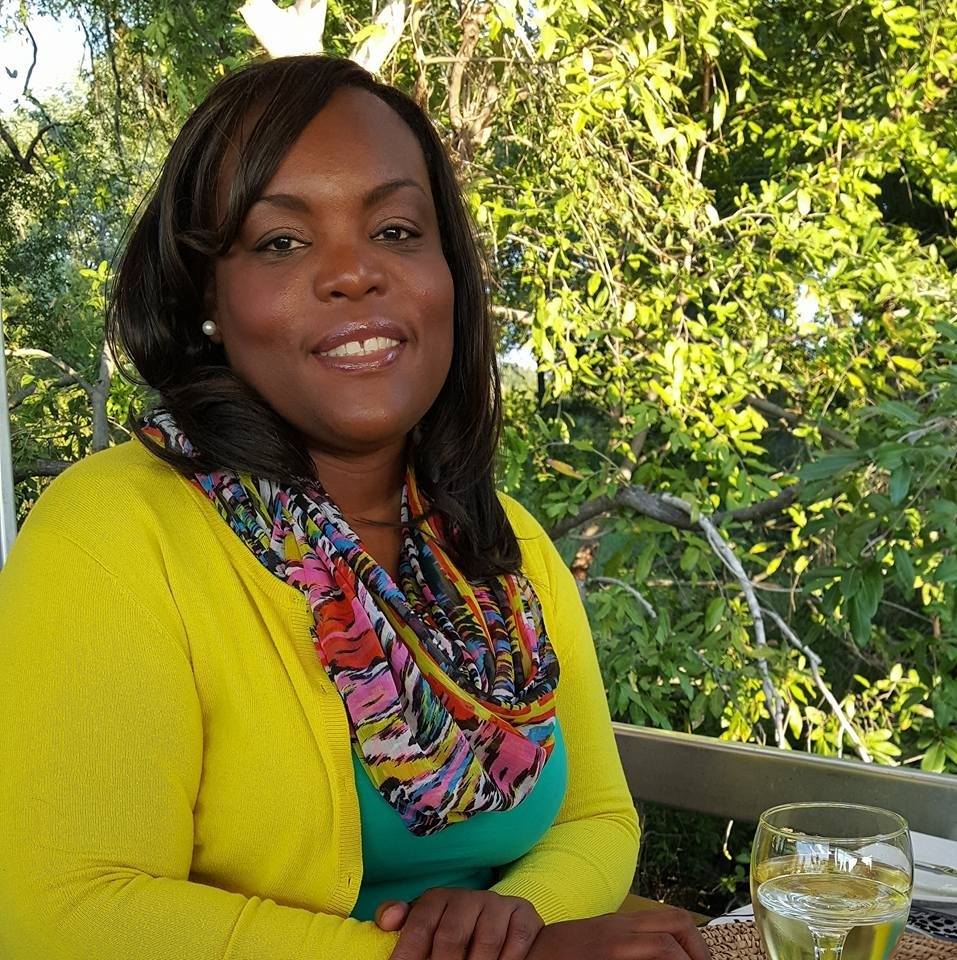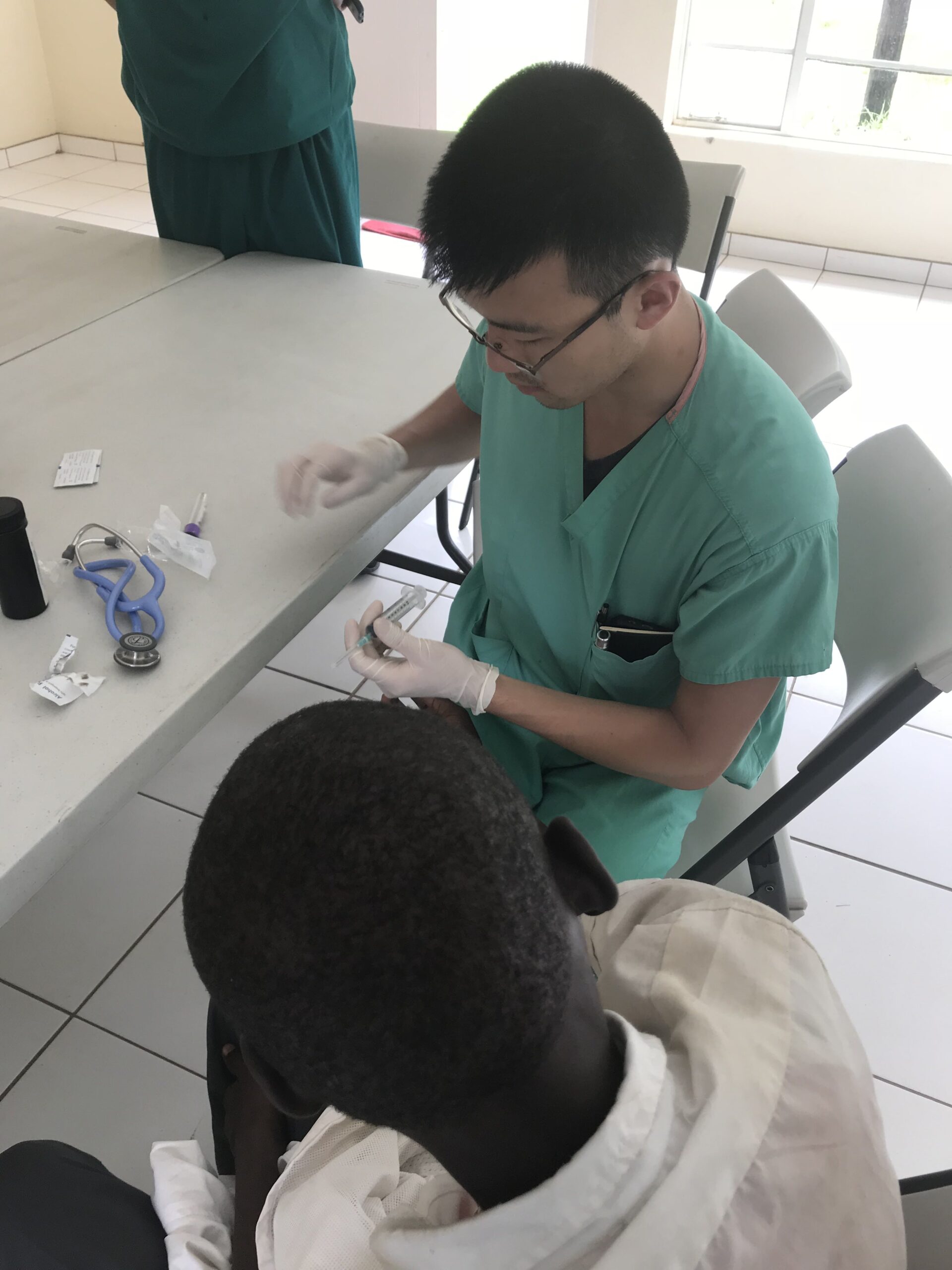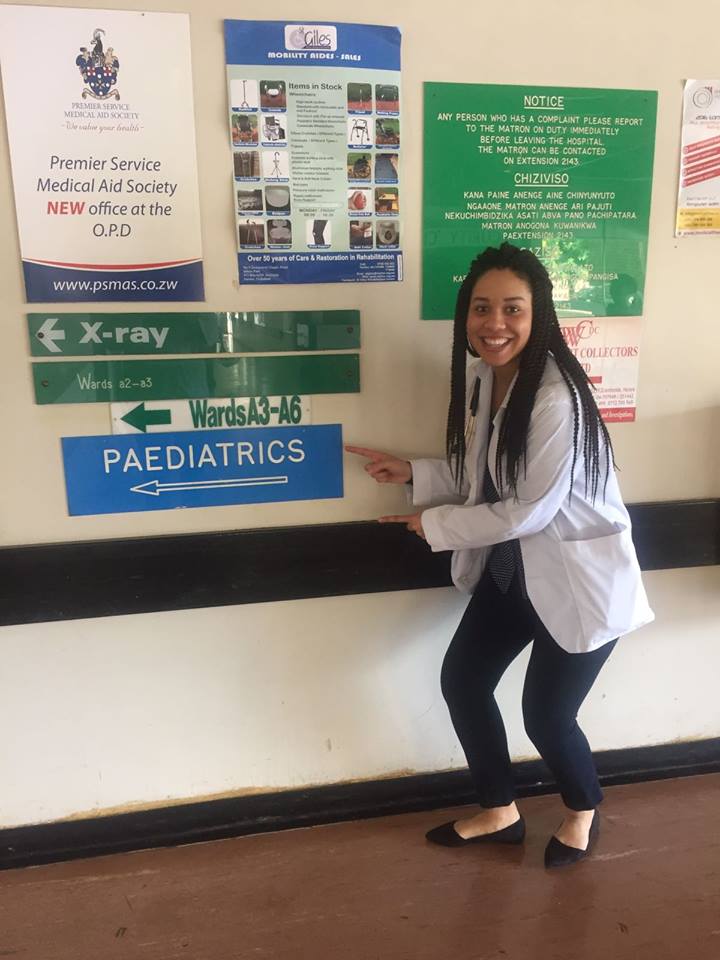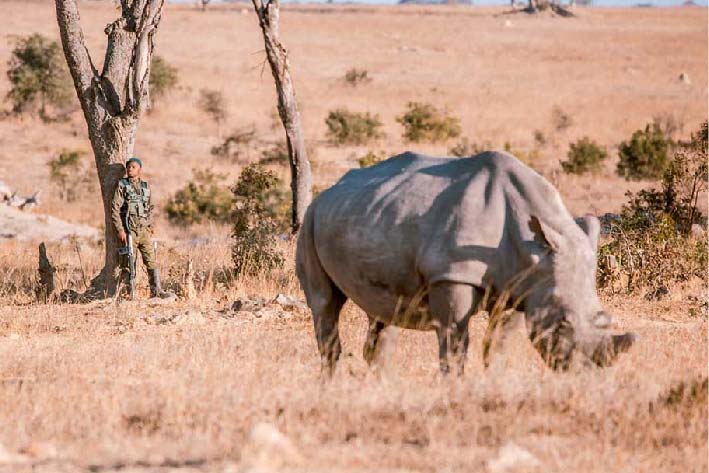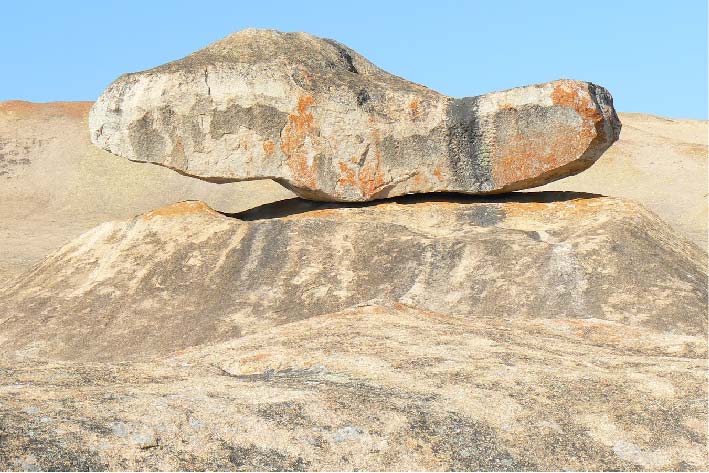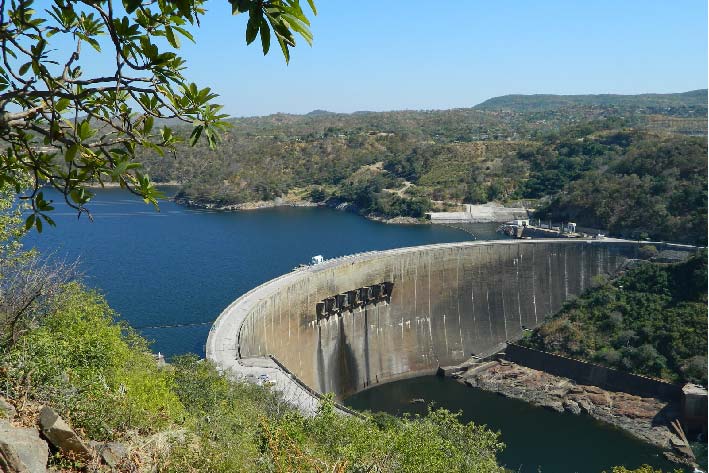Harare
The capital city, and commercial hub of Zimbabwe, dubbed to have the best sunshine in the world. You will arrive at Robert G. Mugabe International Airport, where our friendly staff will be waving a big “Tiritose Sustainable Travel” sign welcoming you to the adventure of a lifetime! We will take you on a comprehensive orientation programme, providing background information on Zimbabwe, which will help put the upcoming tour in perspective. You will be able to appreciate the many contrasts that exist in present day Zimbabwe, and the legacy of colonialism.
Accommodation: Bronte Garden Hotel: shared rooms, with twin beds and ensuite bathrooms in downtown Harare.
Marondera
Founded as a resting house for the colonial settlers who used to travel between Harare and Mutare, and then moved 6 kilometres north to be aligned with the Harare-Beira railway line. The town is one of the largest centres of Zimbabwe’s forestry, farming projects, and houses the Kushinga Phikelela agricultural and commercial college as well as a government research station: Grasslands Research Station. Marondera is also home to one of the most successful Rhino breeding programmes in the world - a programme responsible for ensuring one of the big five animals does not become extinct.
Accommodation: Shared farmhouse-style house with communal bathrooms. (Imire accommodation)
Bulawayo and Matobo National Park
Bulawayo is the second largest city, cultural and until recently also the industrial/manufacturing capital of Zimbabwe. It is the place where the first organised black resistance movement stemmed from. The city provides a unique contrast to Harare, with its mixture of low and high-rise buildings, fading colonial houses with wide verandas, all adding to the relaxed and attractive atmosphere.
About 40 minutes, southwest of Bulawayo lies a UNESCO World Heritage Site: Matobo Hills. Here, you will find the expanse of granite hills and caves, hiding the rich legacy of parietal art left by San or Bushmen.
Accommodation: Holiday Inn: shared rooms, twin beds and ensuite bathrooms
Victoria Falls
A place that needs no introduction to the world, one of the 7 Natural Wonders on the UNESCO World Heritage Sites list. There is, however, more to this town than the largest falling curtain of water on offer at this central hub of African tourism. Archaeological findings from the area has yielded stone artefacts from more than 3 million years ago. The Tonga people have occupied the Victoria Falls area since the 12th Century and have largely remained inhabitants of the area. In addition to the rich history from David Livingstone in 1855, to the beginnings of infrastructure development and rail network, to present day tourism for sustainable development, and the impending forced removals of over 20,000 inhabitants to pave way for the Batoka Gorge Hydro Power Project.
Accommodation: Dzimbabwe Lodge: shared twin rooms with ensuite bathrooms.
Kariba
A resort town, built on the steep hills, 370 kilometres above the Lake. Home to the Legend of the Nyami Nyami ‘The River God’, which locals believe to have lived in the depths of the Lake and was separated from the female Nyami Nyami when the bridge was constructed in order to facilitate for the hydro-electric power plant that remains today. Approximately fifty thousand people were displaced on both the Zimbabwe and Zambia sides in order to make way for the construction of the project. Paradoxically, the construction of the power station is said to be the World Bank’s most successful project in the world.
There are several islands and wildlife parks surrounding Kariba, including the Chewore Safari Area where Dinosaur footprints were found and are reserved to this day.
Accommodation: Cerruti Lodge: shared rooms with communal bathrooms.




